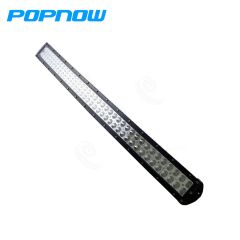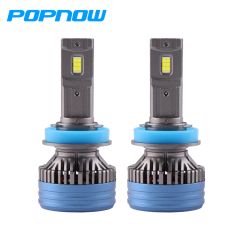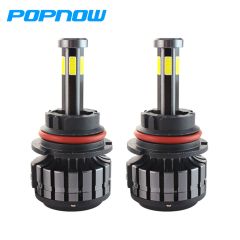Introduction:
In recent years, Light Emitting Diode (LED) technology has revolutionized the lighting industry with its energy efficiency, durability, and versatility. LEDs have become ubiquitous in various applications, from household lighting to automotive, industrial, and commercial settings. However, despite their numerous advantages, LED headlights generate heat during operation, which can affect their performance and lifespan. To mitigate this issue, cooling fans are often integrated into LED fixtures. In this article, we delve into the reasons why LED headlights require cooling fans and how they contribute to optimizing their efficiency and longevity.
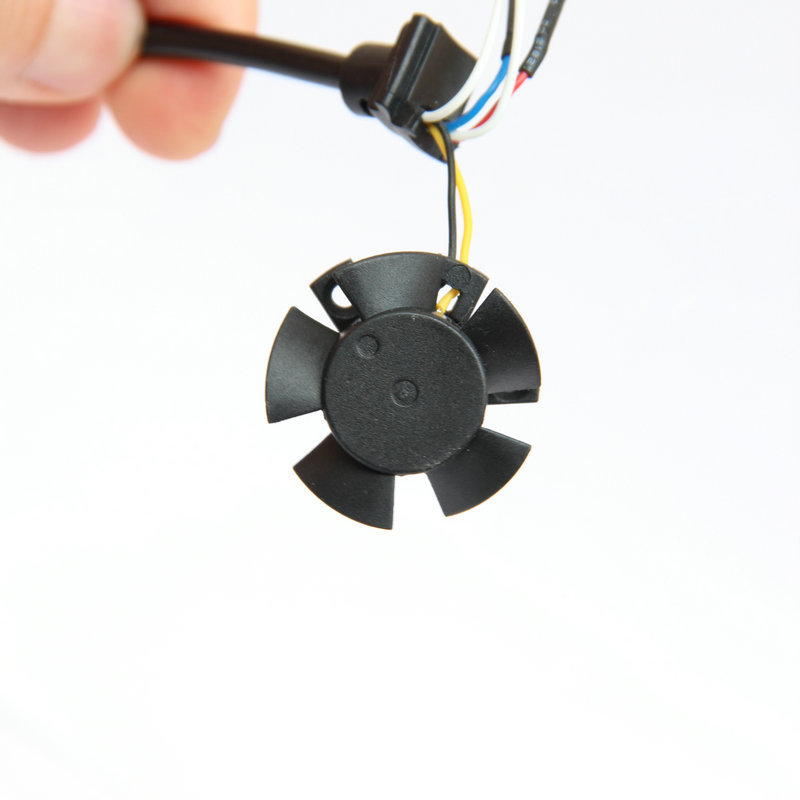
Understanding LED Heat Generation:
LEDs produce light by converting electrical energy into photons through a process called electroluminescence. While they are significantly more energy-efficient than traditional incandescent or fluorescent lights, LEDs are not completely devoid of heat generation. A portion of the electrical energy supplied to LEDs is converted into heat rather than light, primarily due to resistive losses within the semiconductor materials.
The Challenge of Thermal Management:
Effective thermal management is crucial for maintaining the optimal performance and reliability of LED headlights. Excessive heat buildup can lead to various detrimental effects, including:
1. Reduced Efficiency:
High operating temperatures can degrade the luminous efficacy of LEDs, causing a decline in light output and efficiency over time. This phenomenon, known as "droop," results in decreased brightness and diminished energy savings.
2. Accelerated Degradation:
Heat accelerates the degradation of LED components, such as the semiconductor chips and phosphor coatings, leading to a shortened lifespan. Elevated temperatures can cause thermal stress, material expansion, and chemical degradation, ultimately compromising the structural integrity and performance of the LEDs.
3. Color Shift:
Thermal effects can also induce color shifts in LED headlight output, affecting color consistency and rendering accuracy. Prolonged exposure to heat may cause subtle changes in color temperature or hue, impacting the visual appeal and functionality of lighting installations.
The Role of Cooling Fans:
Cooling fans play a crucial role in dissipating heat generated by LED headlights, thereby maintaining optimal operating conditions and ensuring long-term reliability. Here are several key reasons why cooling fans are essential for LED thermal management:
1. Heat Dissipation:
Cooling fans facilitate the transfer of heat away from the LED components and heat sinks, promoting efficient thermal dissipation. By circulating air across the heat-generating elements, fans enhance convective cooling and prevent localized hotspots that could compromise LED performance.
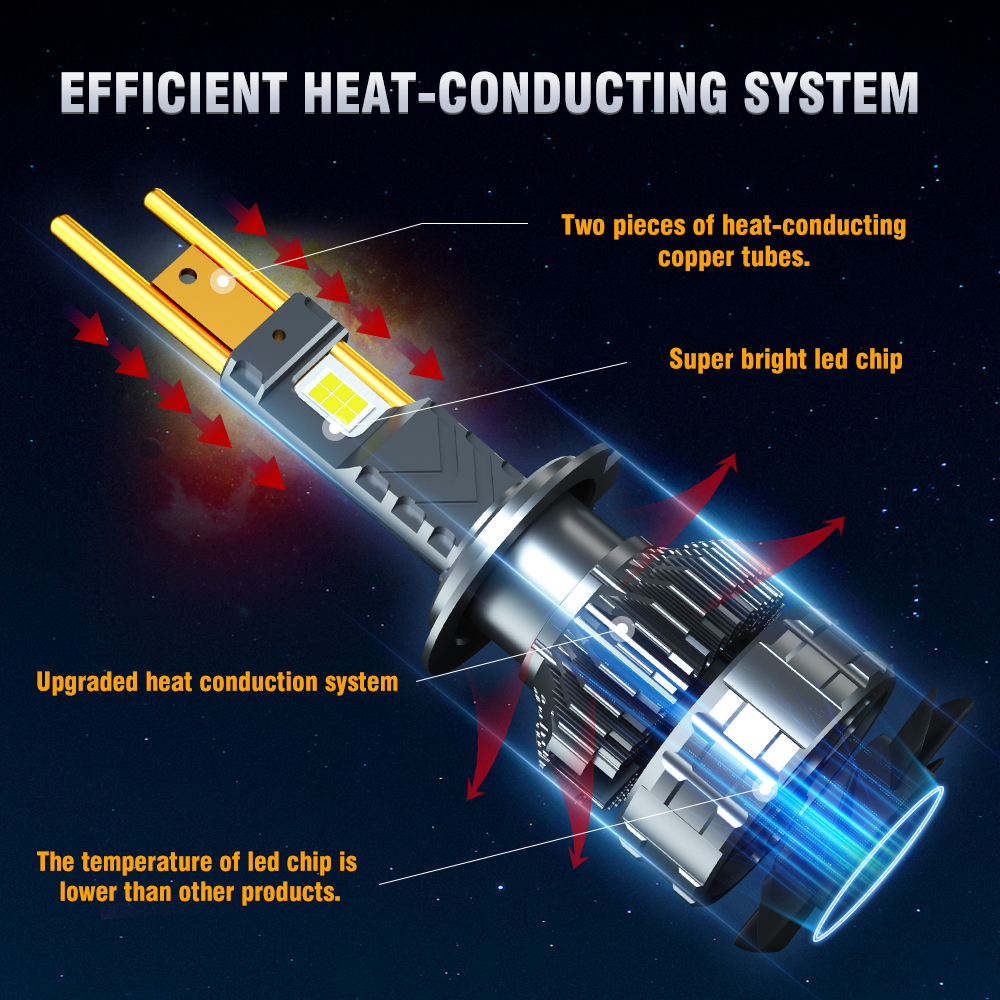
2. Temperature Regulation:
Cooling fans help regulate the operating temperature of LED fixtures within a predefined range, preventing overheating and thermal runaway. By maintaining a stable thermal environment, fans mitigate the risk of performance degradation and extend the operational lifespan of LEDs.
3. Enhanced Efficiency:
Proper thermal management facilitated by cooling fans can improve the overall efficiency and efficacy of LED lighting systems. By minimizing thermal losses and optimizing heat transfer, fans contribute to maximizing light output while minimizing energy consumption, resulting in greater energy savings and cost-effectiveness.
4. Reliability and Longevity:
By mitigating the detrimental effects of heat, cooling fans enhance the reliability and longevity of LED lights. Effective thermal management helps preserve the structural integrity and performance of LED components, reducing the likelihood of premature failures and maintenance issues.
5. Environmental Considerations:
Cooling fans enable the design of compact and lightweight LED fixtures without compromising thermal performance. This allows for more versatile and environmentally friendly lighting solutions that consume less material and energy while delivering superior performance.
Implementation Considerations:
When integrating cooling fans into LED lighting systems, several factors should be considered to ensure optimal performance and reliability:
1. Fan Selection:
Choose cooling fans with appropriate airflow, static pressure, and noise levels to meet the specific thermal requirements of LED fixtures. Consider factors such as fan size, bearing type, and motor efficiency to achieve the desired balance between cooling performance and acoustic comfort.
2. System Integration:
Design LED fixtures with sufficient airflow paths and heat dissipation mechanisms to facilitate effective fan operation. Ensure proper alignment of fans with heat sinks and LED components to maximize heat transfer and minimize thermal resistance.
3. Thermal Modeling:
Use computational fluid dynamics (CFD) simulations and thermal modeling techniques to optimize the thermal design of LED lighting systems. Analyze heat dissipation patterns, airflow dynamics, and temperature distributions to identify potential thermal bottlenecks and optimize cooling performance.
4. Maintenance and Reliability:
Implement robust fan monitoring and maintenance protocols to ensure the continued reliability and performance of LED lighting installations. Regularly inspect fans for dust accumulation, bearing wear, and other potential issues, and replace or clean them as needed to prevent performance degradation.
Conclusion:
In conclusion, cooling fans play a crucial role in maintaining the optimal performance, efficiency, and longevity of LED headlights by facilitating effective thermal management. By dissipating heat away from LED components and heat sinks, fans help prevent performance degradation, extend operational lifespan, and enhance energy efficiency. As LED technology continues to evolve, the integration of advanced cooling solutions will remain essential for unlocking the full potential of LED lighting systems in various applications.


